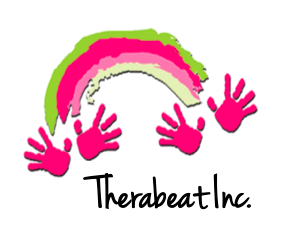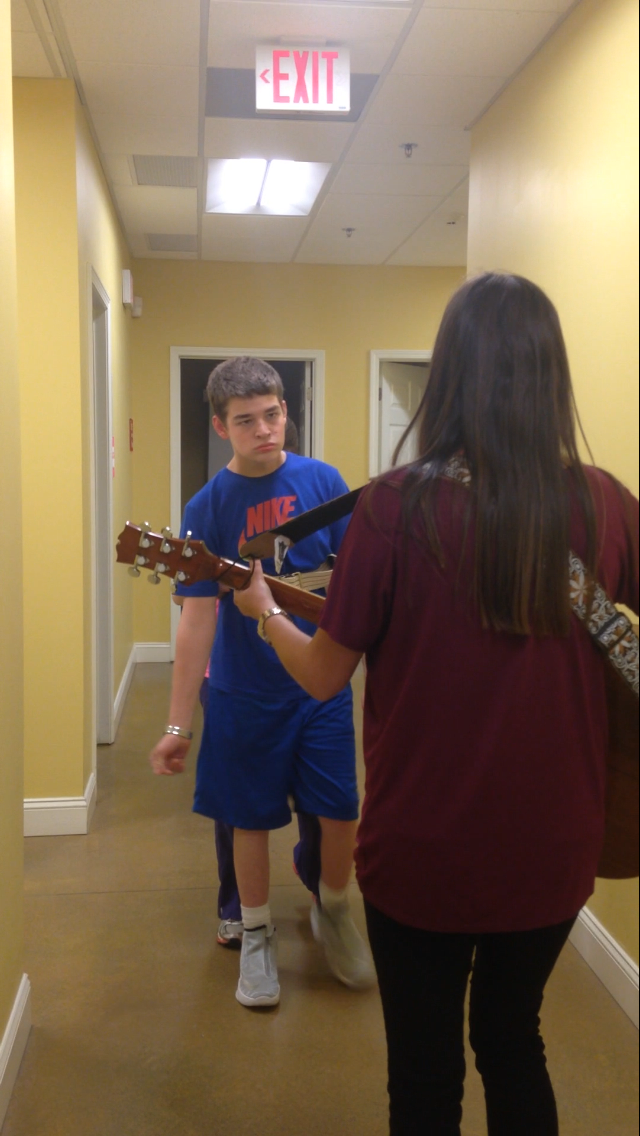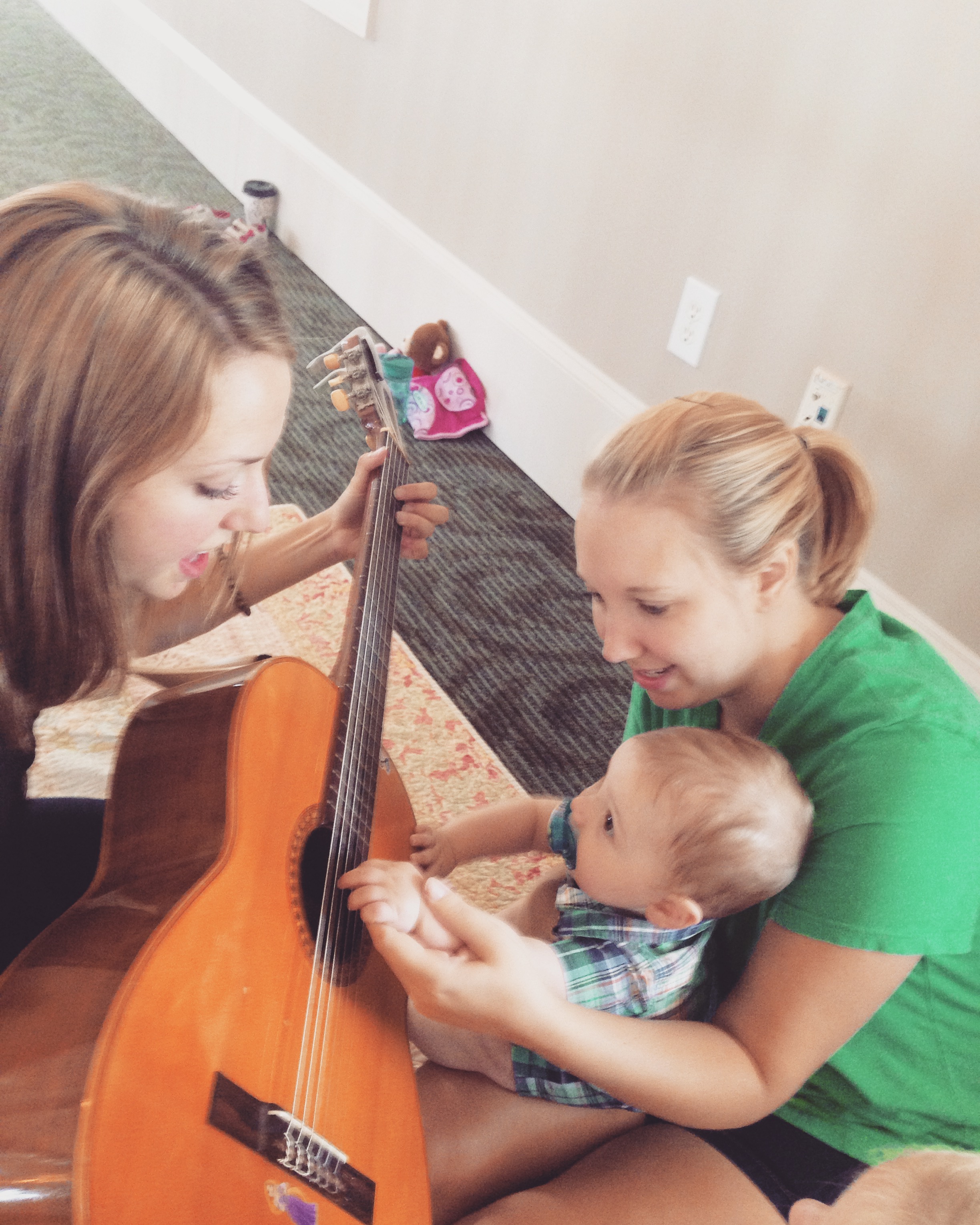Applied Behavior Analysis (ABA) is an approach used with children with communication and language disorders. Dr. Hayoung Lim, Director of Music Therapy at Oral Roberts University, focused on using music therapy and Applied Behavior Analysis to increase language and communication skills. In Applied Behavior Analysis all behaviors, including verbal behavior, contains three distinct parts:
- The antecedent – what causes the behavior, or events that lead up to a resulting behavior
- The behavior
- The consequence of the behavior – the result of a performed behavior.
Using these three distinctions, the therapist establishes a pattern of circumstances resulting in identified behaviors. Therapists use strong motivational variables to elicit the desired behavior. This acts as a reward for the child. Since music provides a natural structure, it allows it to be a solid antecedent and a strong reinforcement or reward for children with communication and language disorders. Music may also function as an automatic reinforcer, which means the child may respond naturally to musical stimuli without prompting to obtain the desired behavior.
To incorporate ABA techniques in a music therapy session, I created a visual schedule to provide clear structure for the child. By utilizing visual strengths, this provides a receptive communication system to increase understanding. When using the picture schedule, children are able to see what happens first, next, and last, while also providing them with the opportunity to make choices. A reward chosen by the child is placed at the end of the session to reinforce the positive behavior. Using ABA techniques in a music therapy setting assists in learning how to communicate appropriately all while creating positive music experiences.








